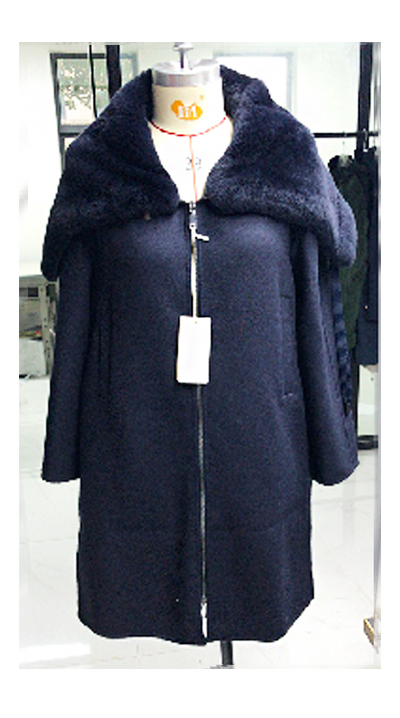The garment and textile industry is the most polluting industry in the world after the oil industry. At every stage of the clothing life cycle, there is a threat to the planet and resources. It takes more than 20,000 liters of water to produce one kilogram of cotton -- almost as much as a T-shirt and a pair of jeans. The process of making various garments from raw materials, including a series of dyeing and upholstery processes, involves the use of up to eight thousand different chemicals. What about clothes that are unpopular, worn or outdated? Basically it is thrown away directly into the huge landfill. In this context, how can the fashion industry become more sustainable?
Labor costs
How can we provide protection for garment-making workers?
The competition in the fashion market is very cruel, and the profit pressure of fashion companies is huge. They have to continue to launch new products, resulting in more and more products manufactured by the fashion industry, faster and lower cost. Many fashion companies are shifting manufacturing to markets where labor costs are low and workers' rights are not adequately protected. At the same time, most consumers still buy low-priced products without ever considering the human cost behind these products. The Rana Plaza building collapse in Bangladesh is a wake-up call for action. The government, companies and consumers are all responsible for this accident. In this context, how can we provide protection for garment-making workers?
handicraft
How can traditional handicrafts survive in modern society?
The exquisite and culturally rich ancient handicrafts around the world are on the verge of being lost. Skilled artisans are in danger of disappearing as more young people choose to pursue other occupations. The choice of young people, coupled with the popularization of mechanization and globalized production, has made many traditional handicraft companies defeated. Those that survive are often small, family-run companies that lack the financial backing to attract and develop new talent and the technology to build sustainable business models. In this context, how can traditional handicrafts survive in modern society?

large clothing
Why has the fashion industry ignored the plus-size clothing market?
In 1985, the average American woman was a size 8. Today, a size 8 has grown to a size 14, the size that is often used to differentiate between standard and plus-sized garments. The plus-size apparel market is currently worth $17.5 billion in the U.S. alone, but remains the most underserved segment of the fashion industry. The store's plus-size department is often tucked away in small corners deep in the store, with limited styles, conservative and outdated styles. Oversized clothing almost never appears in advertisements and shop windows. Fashion luxury is especially sensitive to plus-size clothing, and many designers make products that are only available in small sizes. Why has the fashion industry ignored the plus-size clothing market?
Africa
What needs to be done to integrate Africa into the global fashion system?
Fashion has become a truly global industry. China, India, Southeast Asia, Latin America and the countries of the Soviet bloc have all integrated into the global fashion system. But Africa, with one-seventh of the world's population, is still on the fringes of this system, lagging behind in both fashion manufacturing and consumption. While economic, geopolitical and social issues continue to test Africa, one-third of the region's one billion people are heading for prosperity. In the next 10 years, this huge but fragmented market of 55 independent countries will become a source and consumer market for fashion products, and fashion companies will have the opportunity to make huge profits here. So what needs to be done to integrate Africa into the global fashion system?
women leaders
How can the fashion industry develop more female leaders?
Women make up more than 70% of the fashion industry's workforce, but only hold less than 25% of leadership positions in Chinese fashion companies, and the number of women in senior production front-line positions is also lower than normal. Women have so far been the main consumers of fashion products, but business decisions often do not reflect their views. Companies that exclude women from leadership also exclude talent with a competitive advantage from leadership. In this context, how can the fashion industry develop more female leaders?
technology
Has the fashion industry ignored the technological revolution?
From music to transportation, industries other than fashion have been fundamentally changed under the influence of technological innovation, and the fashion industry is lagging behind in the use of technology. The fashion industry blindly believes in technology as a seasonal trend rather than a lasting change. Today, technology is changing everything, including product development, manufacturing, logistics, human resources, and sales. But most fashion companies still despise technology, relegating it to a tool for marketing and sales departments, treating it as a side project and not integrating technology into their core business thinking.
About Huayue+
Product Series+
News Center+